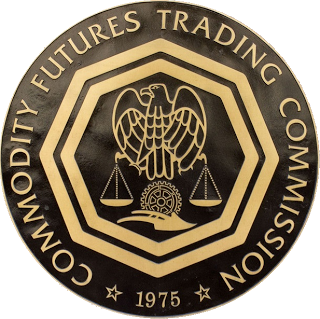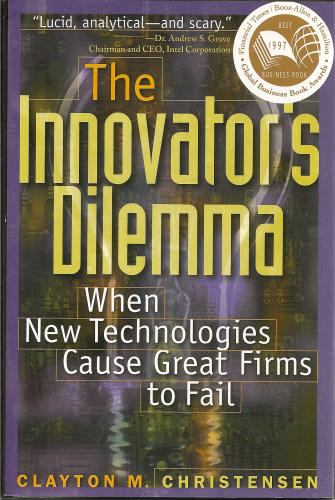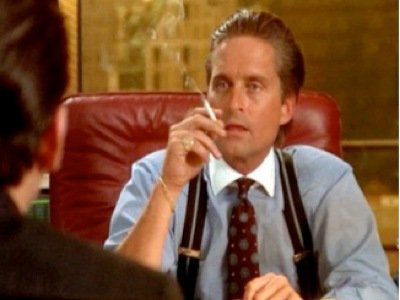 |
|
“It’s not a question of enough, pal. It’s a zero-sum game. Somebody
wins, somebody loses. Money itself isn’t lost or made, it’s simply, uh,
transferred from one perception to another. Like magic.”
– Gordon Gekko |
The futures markets are generally regarded as a classic example of a zero-sum game. Simply stated, a zero-sum game consists of one winner for every loser. When I play against you, if I win, then by definition you must lose. The net outcome of our efforts is zero.
Participants in a financial zero-sum game transfer money only amongst themselves as they win or lose. Winning traders do not increase the total pool of available funds, they obtain their winnings from the losing traders. Some pundits who label futures markets as zero sum also claim that futures differ from equity markets because in the futures markets, no new wealth is created.
Personally, I feel the zero-sum depiction incorrectly casts futures trading in an unfavorable light. To me, it portrays futures markets as providing little or no useful economic benefit, and instead as just a collection of private high-stakes games for greedy speculators.
By design, a single futures transaction matches the opposing views of one buyer and one seller. And yes, the net proceeds of completed trades do indeed impact the participants as the profits (and losses) are marked to market and ultimately transferred to their respective accounts. So in that respect, I do agree that an individual futures trade in and of itself is a zero sum.
Much More Than a Single Transaction
“The truth is more important than the facts.”
– Frank Lloyd Wright
Where I disagree with those who label futures trading as zero sum is the common disregard for the distinct economic benefits that occur due to the activity of futures buyers and futures sellers. Here’s a quick list of examples describing how their actions do indeed add value and positively impact the overall economy.
First, the fundamental reason why futures markets exist is to efficiently facilitate risk transfer from producers to speculators. This function provides a real economic benefit to effectively manage a business against uncertain variables, such as weather and economic changes. Imagine a world without futures markets for a second…how much would a gallon of gas have cost the day after Saddam Hussein set the Iraq oil fields on fire? Without the futures markets, producers would need to build those types of future uncertainty into their current-day prices.
Volatility is a popular buzzword these days. Futures markets
take the unmanaged, uncontrolled volatility that exists in the real world and
bring it into a controlled, regulated environment. This important role of futures markets is often overlooked and/or misunderstood by casual observers.
Second, the price discovery process provided by freely traded markets constantly assimilates all available information to produce the best possible assessment of current value. Not only are price levels established for today’s date, but the breadth of available futures contracts forecast prices for months and even years in advance. Name another method that can better predict a future interest rate or the prices of specific global commodities several years from now.
Third, the one buyer/one seller transaction—where I win and you lose—does not occur without a great deal of associated enabling capabilities. Someone looking to consummate a transaction equivalent to the purchase of a futures contract does not privately locate a seller on their own, negotiate the price and terms and conduct the trade. An extensive fabric of supporting functions has been developed to facilitate the ability for that trade to even occur. Futures trading has evolved far beyond the necessary standardized contract terms and centralized order matching and clearing. Data center facility providers, telecommunications lines and equipment makers, computer hardware providers and software vendors have all invested time, effort and capital in an extremely competitive quest to better facilitate electronic futures trading. Not only do the futures buyer and seller benefit from these efforts, but the providers themselves (including their employees and shareholders) benefit according to the success of their contributions.
Innovation and Ingenuity Add Value
Lastly, the potential financial reward inherent in futures trading ensures a continuous stream of new ideas from traders looking to identify and capitalize on profitable trading opportunities. In parallel, the efforts by others focused on creating new markets and contracts, along with developing more efficient means to submit, match and process transactions, all work to add value and help increase trading volumes.
When new ideas and innovation move from thought to reality, the contributions benefit more than the originators. The entire market grows and prospers, becoming larger and stronger from these new additions. Human ingenuity can indeed create new wealth.
I suppose that you could argue that the examples I’ve described encompass more than “futures trading” and should more correctly be associated with the “futures industry”. But even so, to me it is clear that a strong, vibrant futures industry provides numerous benefits beyond the individual recipients of each winning trade. Not to try to spin a pun, but while some say zero sum, I say the futures industry provides something much more.
Thanks for reading.






